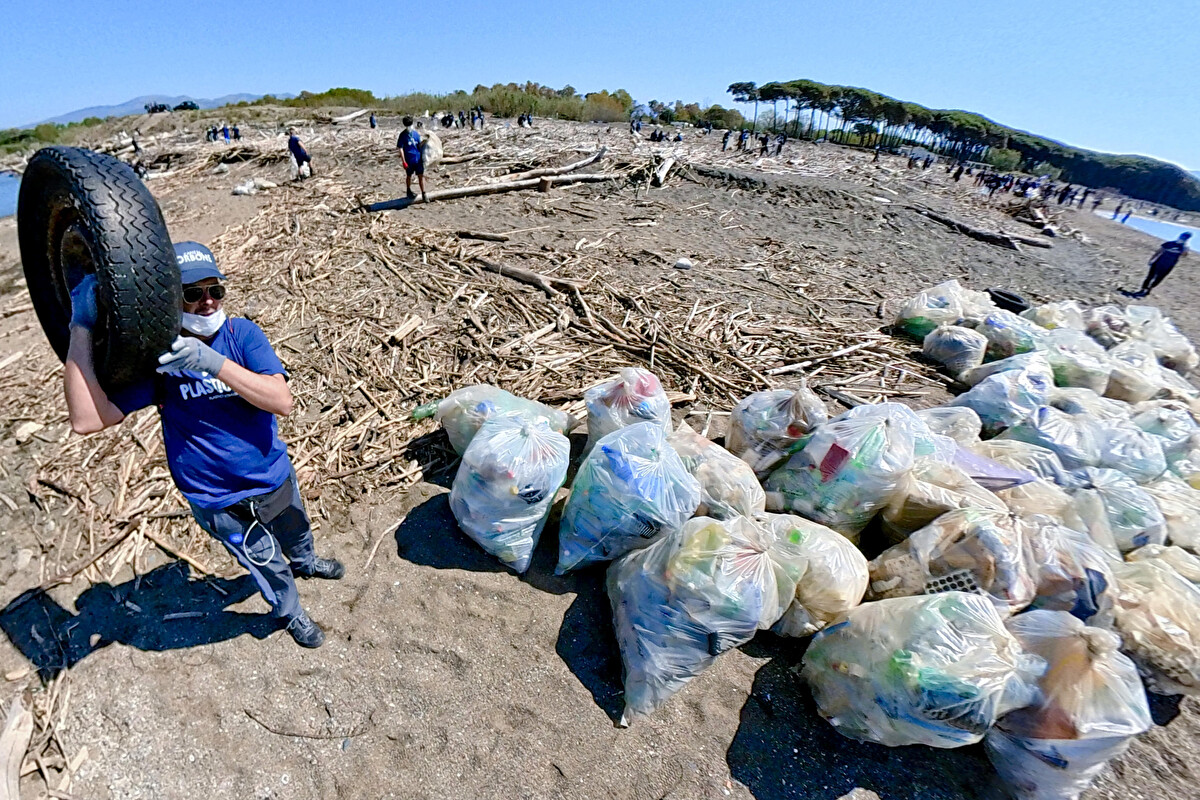Italians swear they “have never seen anything like this.” The Belpaese has become the epicenter of one of the worst heat waves in recent European history, with peaks of 47 degrees Celsius (116 °F) in southern Sardinia and 46 degrees (115° F) in Sicily.
The picture does not seem much better in the country’s main tourist destinations, which this summer have been flooded with tourists – especially Americans – to an even greater extent than in the pre-pandemic period.
Red weather alerts in 23 of Italy’s 27 major cities on Wednesday – including Bologna, Florence, Naples, Palermo, Rome, Venice, and Verona. Such warnings imply that the heat is a concern to everyone, not just vulnerable populations. However, according to forecasts, things could get better starting tomorrow, especially in the northern part of the country.
Authorities are now concerned about an increased risk of mortality and heart attacks as a result of the severe heat wave that is affecting the Mediterranean region.
A senior official reported that the Lazio area, with Rome at its center, witnessed a 20% rise in medical emergencies on Wednesday compared to the same day last year, including an increase in respiratory and cardiac conditions. The Cardarelli hospital in Naples reported admitting 231 patients on Tuesday, the most patients per day since the COVID-19 pandemic in 2020. On Wednesday, 219 more individuals needed emergency care.
Italy’s health ministry therefore announced the activation of an information hotline and the close monitoring of Rome’s elderly by teams of mobile health professionals.

ANSA/CESARE ABBATE
According to the Red Cross, Europe is in the grip of a remarkable heat wave, with temperatures rising faster than the worldwide average. This heat wave’s name, Charon, is quite ominously inspired by the mythic figure who ferried souls to the underworld in Greek mythology. Last week’s heat wave over Europe was nicknamed Cerberus.
As UN experts warn that extreme heat waves have already become the world’s “new normal,” scientists on the other side of the Atlantic have raised concerns about the health of South Florida’s coral reefs, owing to extremely warm water. Corals are fading in hot weather, losing the symbiotic algae that give them their color. The National Oceanic and Atmospheric Administration (NOAA) and the Mote Marine Laboratory and Aquarium are combining efforts to address the situation and have created new methods for growing and relocating healthy corals. Before releasing coral pieces into the water, they are developing them in nurseries to test their durability and strength.
However, if temperatures continue to rise as they have been doing, scientists warn that there will be very little left to do to save them.












